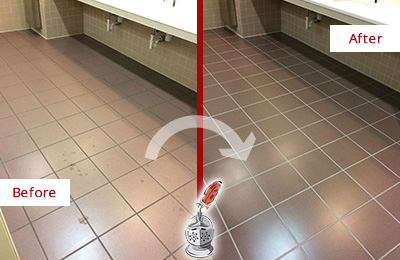How to avoid a Water Damaged Bathroom
How to avoid a Water Damaged Bathroom
Blog Article
This article listed below pertaining to How to Prevent Bathroom Water Damage is seriously compelling. Give it a try and make your own personal assumptions.

The restroom is extremely at risk for damp accumulation and also possible water damage due to the constant use of water in it. This article uses easy examination methods to aid finding water damage threats.
The regular use of water in the washroom makes it incredibly vulnerable for wet accumulation and also prospective water damage. By checking it frequently, you can reduce water relevant damages.
The adhering to set of examinations is simple to execute as well as need to be done once in every 3 months in order to keep your washroom in good shape and also to avoid possible water damages brought on by the tub, the shower, pipeline joints and plumbing, sinks, closets, and the bathroom
Do not forget carrying out these examinations and be complete while performing them. Bear in mind that these simple evaluations can conserve you a lot of money by giving early indicators for water damages
Sinks and Cabinets
Sinks as well as closets are exposed to wetness and also humidity everyday and also are frequently ignored. Inspect frequently under the sink and also on the countertop above it. Fix any kind of drip in the trap as it may recommend drainpipe problems. Take a look around the sink, slow-moving draining pipelines may suggest an obstructed drainpipe. Replace sink seals if they are broken or loosened.
Bath tub and also Shower
The shower and tub need unique interest and maintenance. Inspect the floor tiles and also change if broken. Make certain that there is no missing out on cement between the tiles. Examine as well as replace split caulking at joints where the wall surfaces fulfill the floor or the bathtub. Clogged drains as well as pipes issues will certainly protect against the bath tub from drying and may indicate serious problems below the tub. Speak with an expert right away to avoid structural damage. Take note of discolorations or soft areas around the bathtub walls as they may indicate an internal leak.
Plumbing
Signs for water damages are tough to detect since most pipelines are mounted inside the wall surfaces.
Pay unique interest to flooring as well as walls moisture and stains as they may suggest an undetectable plumbing issue. Check moisture levels in adjacent areas too.
The Bathroom
The bathroom is a susceptible water junction. Check the water lines and also look for leakages around the bathroom seat, in the hose, and under the water container. If you identify any type of indications of moisture on the flooring around the bathroom, check for leaks in the toilet edge as well as storage tank seals.
Be aware that hanging commode dish deodorants enhances the chances for obstructions.
How to Prevent Water Damage in Your Bathroom?
Water damage repair is an expensive, meticulous, and lengthy process. Unfortunately, bathrooms are the most susceptible rooms to water damage due to toilets, showers, and sinks. Pipes and fixtures wear out over time and are not immune to damage. But all is not lost, as there are ways to prevent water damage from occurring in your bathroom.
Check Your Plumbing
Nothing lasts forever, especially pipes, which can rust and begin leaking over time. You should periodically conduct pipe inspections and pay attention for any musty smells or water stains that may indicate you need water damage repair. Here are some things to check:
Frequently test valves for your toilet, shower, and sink to ensure they are properly working. Check faucet supply lines hidden under vanities and replace when needed. Replace cracked or deteriorating caulking along sinks, tubs, and showers. If you notice a clog in your sink, call in a professional. Since you can’t check the pipes in the wall, keep an eye out for stains, drywall bubbling, musty smells, and excess moisture; if the bathroom is on a second level, check the ceiling of the room directly below for these signs. Don’t Overwork Your Toilet
One of the most common reasons bathrooms need water damage repair is due to overflowing toilets. Save yourself the hassle of cleanup by being mindful and not pushing your toilet to extreme limits. If you have young children, it is especially important to keep an eye on them when they are in the bathroom and to teach them how to avoid clogging the toilet. Here are some more tips to help prevent your toilet from overflowing:
If you have a septic tank, only use septic-safe toilet paper Do not flush anything down the toilet besides toilet paper; items like diapers and sanitary napkins will clog the piping Pay attention to your toilet’s water level: If it’s low, it could mean it is partially clogged or that there is a crack in the toilet bowl Maintain Your Shower/Tub
Replace showers or tubs with cracks or other damage; even hairline cracks can allow water to seep in and cause damage. Grout and caulk help prevent water from seeping into walls and floors, so repair them if they are chipped, cracked, or deteriorating. Replace torn shower curtains or shower doors with seals that no longer work. Dry the floor and drain water from the tub immediately after use to prevent damage from sitting water. https://www.alure.com/home-improvements-blog/resources/how-to-prevent-water-damage-in-your-bathroom

We were shown that editorial about Common Causes of Water Damage in a Bathroom from an associate on our other web address. Appreciated our piece? Please share it. Help someone else locate it. Thank-you for your time invested reading it.
Book Appointment Now Report this page